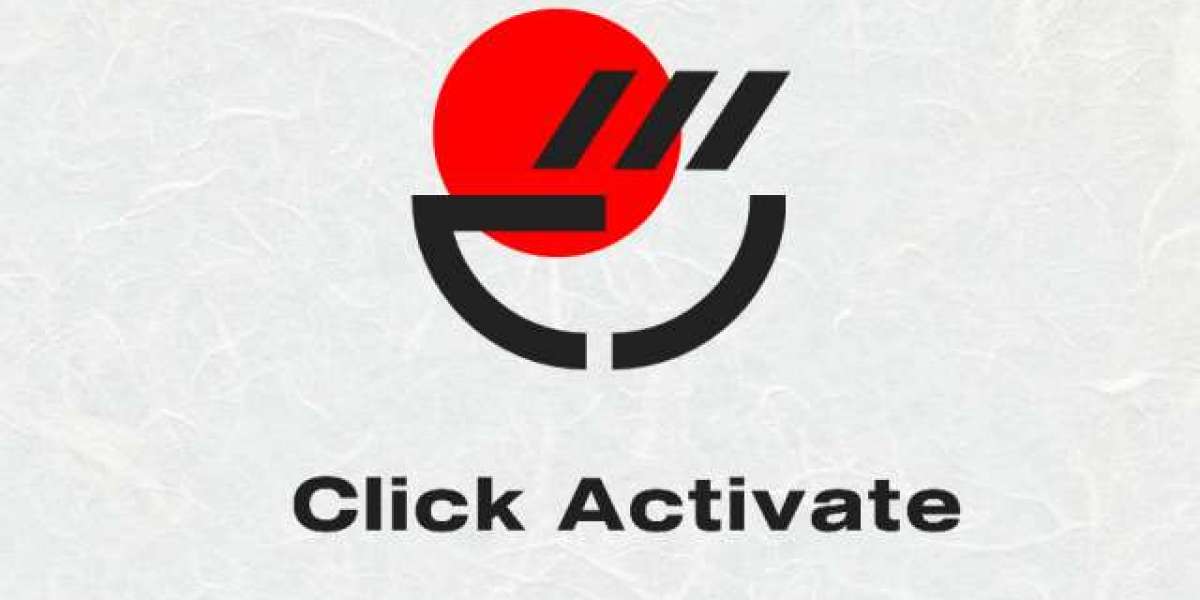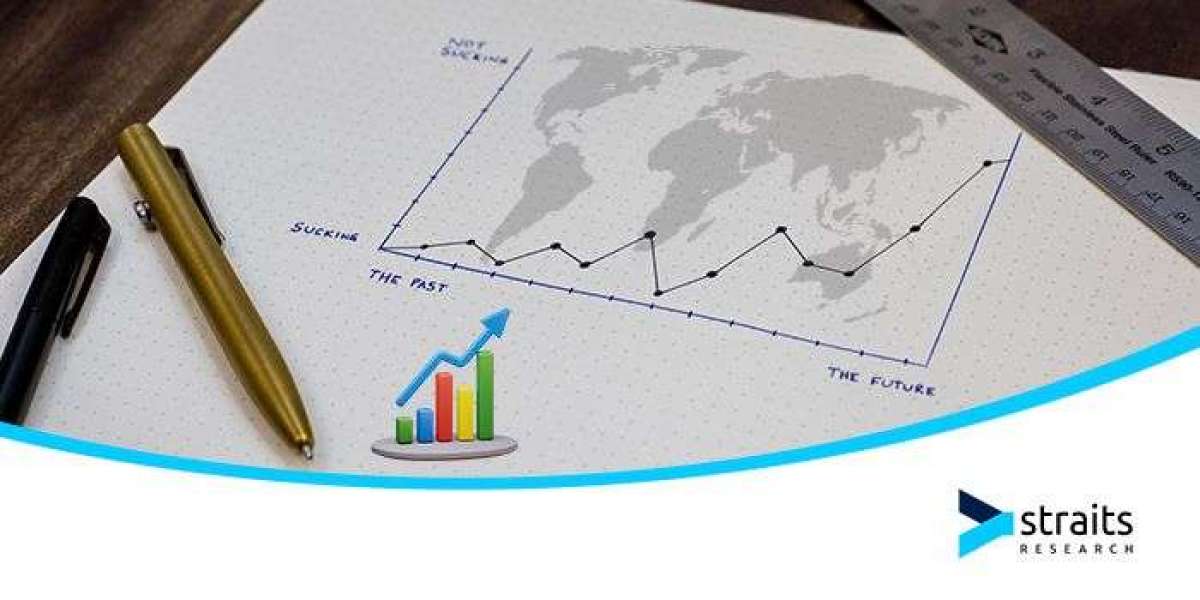Lease management is a critical aspect of any business that deals with leased assets, whether they are real estate, equipment, or vehicles. Traditionally, managing leases has been a time-consuming and manual process, prone to errors and inefficiencies. However, with the advent of lease tracking software and the integration of automation tools like Power Automate, businesses can now streamline their lease management processes, reduce human errors, and save valuable time.
In this article, we will explore how lease tracking software combined with Power Automate development can revolutionize the way businesses handle lease management. We’ll delve into the key benefits, the role of automation, and how to implement these tools effectively.
Understanding Lease Tracking Software
Lease tracking software is a powerful tool designed to help organizations manage their lease agreements and related activities efficiently. This type of software allows businesses to monitor important lease details such as payment schedules, renewal dates, terms, and compliance requirements. By providing a centralized platform for lease information, companies can reduce the risk of missed deadlines and non-compliance issues, which can lead to costly penalties.
Key features of lease tracking software include:
- Lease Agreement Management: Store and manage all lease agreements in a centralized repository.
- Automated Alerts and Reminders: Set up alerts for important dates such as lease expirations, payment due dates, and renewal deadlines.
- Payment Tracking: Monitor lease payments and track outstanding balances.
- Compliance Management: Ensure compliance with accounting standards like ASC 842 and IFRS 16.
- Reporting and Analytics: Generate detailed reports on lease performance and financial impact.
The Role of Power Automate in Lease Management
While lease tracking software provides a strong foundation for managing leases, integrating it with Power Automate takes efficiency to the next level. Power Automate is Microsoft’s cloud-based automation platform that allows businesses to automate repetitive tasks and workflows across various applications. When applied to lease management, Power Automate can automate tasks such as payment reminders, approval workflows, document processing, and more.
By using Power Automate in lease management, businesses can:
- Automate Lease Approval Workflows: Lease agreements often require multiple approvals from legal, finance, and management teams. Power Automate can streamline this process by routing lease documents to the appropriate parties and ensuring timely approvals.
- Create Custom Notifications: Automatically send notifications for critical lease events, such as approaching renewal dates or overdue payments, to ensure nothing is missed.
- Integrate with Accounting Systems: Automate the transfer of lease payment data to your accounting system, ensuring accurate financial records.
- Trigger Document Generation: Automatically generate new lease agreements, invoices, or renewal documents based on predefined templates and conditions.
Benefits of Combining Lease Tracking Software with Power Automate
1. Increased Efficiency
One of the most significant benefits of combining lease tracking software with Power Automate development is the increase in efficiency. By automating routine tasks such as data entry, reminders, and document routing, businesses can significantly reduce the time spent on administrative tasks. Employees can focus on more strategic activities rather than getting bogged down with manual lease management processes.
2. Enhanced Accuracy and Reduced Errors
Manual lease management is prone to human error, whether it’s a missed payment deadline or an incorrect data entry. By leveraging lease tracking software and automation, companies can minimize these errors. Power Automate can automatically handle critical tasks like sending reminders for payment deadlines or notifying teams about upcoming lease expirations. With less manual intervention, there’s a reduced risk of errors, which can save businesses from financial penalties and compliance issues.
3. Streamlined Workflow
Lease management involves multiple stakeholders, including property managers, finance teams, legal departments, and external vendors. Coordinating between these groups can be a challenge, leading to delays in approvals, renewals, or compliance checks. Power Automate helps streamline these workflows by automatically routing lease documents to the right people at the right time. This results in faster approvals, fewer bottlenecks, and more efficient lease management.
4. Improved Compliance and Risk Management
Leasing activities are often subject to complex regulations such as ASC 842 and IFRS 16, which require organizations to maintain accurate records and financial reports. Lease tracking software helps ensure compliance by providing detailed reports on lease obligations and financial impacts. With Power Automate, businesses can further improve their compliance efforts by automating the tracking and reporting of lease data, reducing the likelihood of regulatory violations.
5. Better Decision Making with Real-Time Data
Lease tracking software provides a comprehensive view of an organization’s lease portfolio, including financial obligations, upcoming renewals, and overall performance. By automating data collection and analysis through Power Automate, businesses can access real-time insights into their leasing activities. This allows decision-makers to make more informed choices about whether to renew, renegotiate, or terminate leases based on current performance and financial impact.
6. Cost Savings
Automating lease management processes can lead to significant cost savings. By reducing the amount of time employees spend on manual tasks, businesses can allocate resources more effectively. Additionally, automated reminders and workflows can help avoid costly penalties from missed payments or lease expirations. Over time, the savings from improved efficiency and reduced errors can add up, providing a strong return on investment.
Implementing Lease Tracking Software and Power Automate Development
Step 1: Assess Your Current Lease Management Process
Before implementing lease tracking software and Power Automate development, it’s essential to assess your current lease management process. Identify the pain points, inefficiencies, and manual tasks that are taking up the most time. This will help you determine which areas can benefit the most from automation.
Step 2: Choose the Right Lease Tracking Software
There are several lease tracking software solutions available in the market, each with different features and capabilities. When selecting the right software for your organization, consider factors such as:
- Ease of use: The software should be user-friendly and require minimal training for employees.
- Integration capabilities: Ensure the software can integrate seamlessly with other systems, such as your accounting platform and Power Automate.
- Customization options: Look for software that allows you to customize workflows, reports, and notifications to suit your specific needs.
- Compliance features: Choose a solution that helps you stay compliant with relevant regulations.
Step 3: Develop Automation Workflows with Power Automate
Once your lease tracking software is in place, you can start building automation workflows using Power Automate. Common workflows include:
- Automatic Payment Reminders: Set up automated reminders for lease payments due, ensuring timely payments and avoiding late fees.
- Lease Approval Routing: Create a workflow that automatically sends lease agreements to the appropriate parties for approval.
- Renewal Notifications: Automatically notify relevant teams when lease agreements are approaching their renewal date.
Step 4: Monitor and Optimize
After implementing lease tracking software and Power Automate workflows, it’s important to monitor their performance. Regularly review your processes to identify any areas for improvement. You may need to tweak workflows, adjust reminder schedules, or add new automation tasks as your business evolves.
Conclusion
Revolutionizing lease management with lease tracking software and Power Automate development is a game-changer for businesses that deal with multiple lease agreements. By automating manual tasks, improving accuracy, and streamlining workflows, companies can save time, reduce costs, and ensure compliance with leasing regulations. The integration of lease tracking software and Power Automate allows organizations to operate more efficiently, make data-driven decisions, and stay ahead in today’s competitive business environment.
As businesses continue to embrace digital transformation, implementing these tools will be essential for staying competitive and ensuring long-term success in lease management.




